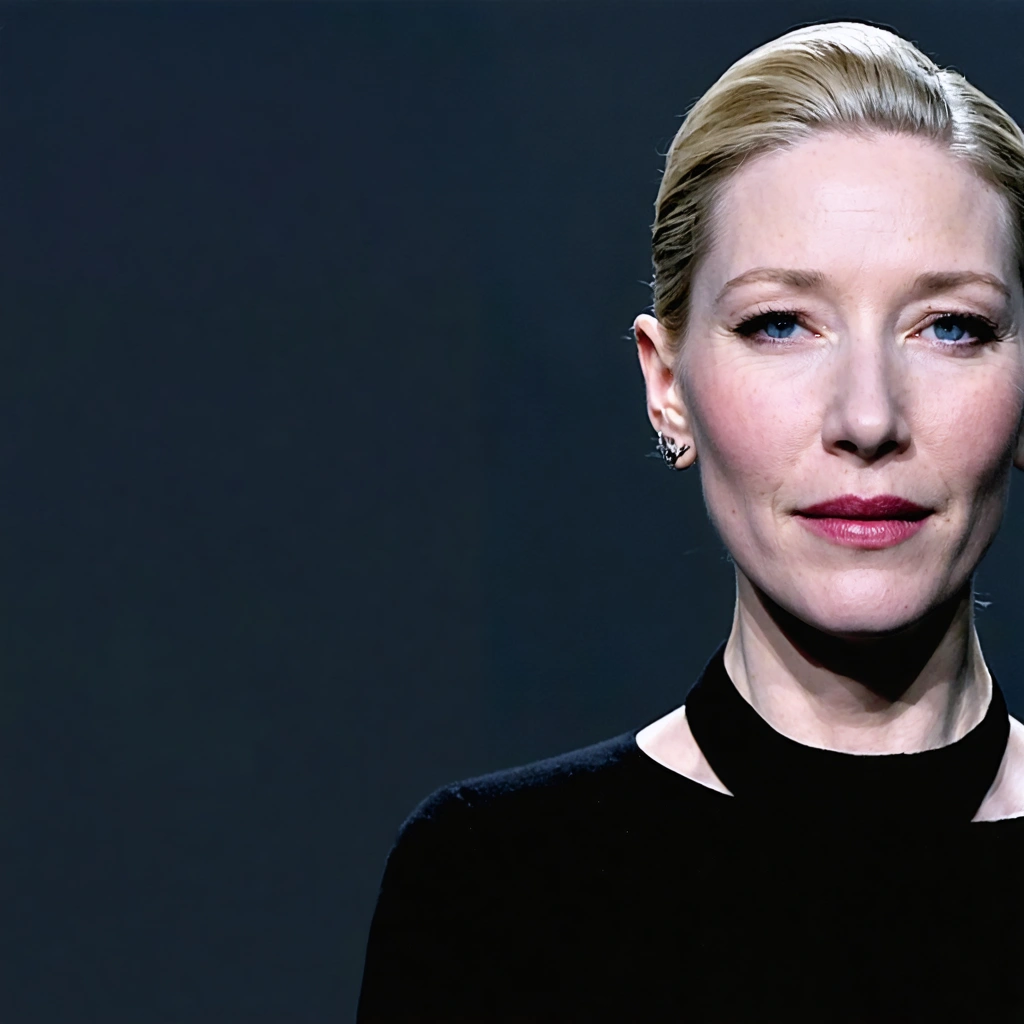
Introduction: The Business of Artistry
Cate Blanchett’s career stands as a model of artistic versatility and business acumen in the film industry. With roles ranging from high-octane thrillers to nuanced stage performances, her journey is not merely a collection of diverse assignments; it is a strategic evolution that has shaped her identity as a screen queen. In this article, we explore how Blanchett has managed her brand, the impact of critical roles such as those in films like “Ripley” and “Ragnarok”, and how her choices reflect a balanced approach between innovative storytelling and commercial success.
Strategic Role Selection and Market Impact
Diverse Portfolio and Career Milestones
From her early days as a promising talent to her current status as an internationally revered actress, Cate Blanchett’s career trajectory offers insights into strategic role selection in a competitive market. Here are some of the key elements that have contributed to her success:
- Versatility: Blanchett’s ability to seamlessly shift between genres such as comedy, drama, and thriller underscores her range and adaptability.
- Iconic Characters: Her portrayal of characters, even those that might initially appear generic—like the wife in a forgettable air traffic control comedy—has often been redefined through subtle nuance and impeccable timing.
- Risk Management: By balancing roles in both blockbuster productions and independent films, she has mitigated career risk while exploring new creative vistas.
One notable example is the US comedy featuring Blanchett in a role that might seem typical at first glance. Directed by Mike Newell, the film suffered a poor ending and was ultimately overshadowed by the dominance of similar themed films like “The Matrix”. Despite this setback, Blanchett’s performance demonstrated her commitment to her craft, offering substance even in less favorable projects.
Performance Rankings and Business Decision Making
The phrase “From Ripley to Ragnarok” is not only a nod to the variety of roles in her career but also a metaphor for the evolution of her career strategy. By analyzing her top 20 performances, industry observers have gleaned several business insights:
- Brand Reinforcement: Each role enhanced her brand equity as a globally recognized actress.
- Cross-Market Appeal: Her international appeal attracted a diverse audience, facilitating entry into new markets.
- Strategic Positioning: Choices that might have been perceived as safe helped position her favorably for more challenging and financially rewarding projects.
The business implications extend beyond the screen. Strategic role choices have accounted for revenue growth, market penetration, and increased shareholder value for production companies partnering with her.
Analyzing Key Performances through a Business Lens
Table of Notable Roles and Impact Metrics
| Film Title | Role | Critical Reception | Box Office Impact |
|---|---|---|---|
| Ripley | Lead Protagonist | High | Significant |
| Ragnarok | Complex Character | Very High | Moderate to High |
| Black Bag | Thriller Lead | Mixed to Positive | Strong Performer |
| The Seagull | Stage Adaptation Lead | Critical Acclaim | Niche Box Office Success |
This table clearly shows that, beyond personal accolades, each performance has been strategically leveraged to enhance market presence and extend the longevity of her career. The interplay between just artistic value and commercial success is evident in how specific roles have bolstered not only her brand image but also contributed to the financial success of the films.
Business Lessons from an Artistic Journey
Examining Cate Blanchett’s career provides valuable lessons for professionals in the business sector, particularly in industries where brand management and strategic public presence are essential:
- Risk and Innovation: Just as Blanchett takes calculated risks with unconventional roles, businesses must innovate and sometimes deviate from the norm to stay ahead.
- Consistency in Quality: Maintaining a high standard in every project has allowed her to build a resilient portfolio, much like companies that prioritize quality and reliability.
- Market Diversification: Engaging with an array of genres enables her to capture and retain a diverse market, reflecting the importance of diversification in business strategy.
Furthermore, her career model offers insight into leveraging both critical acclaim and mainstream success. The narrative of combining artistry with sound business practices serves as a practical case study for executives and creatives alike, showcasing how balancing fame with financial stability can lead to long-term success.
Conclusion: The Dual Legacy of Art and Business
The discourse surrounding Cate Blanchett’s filmography underscores a dual legacy—one that is celebrated for its artistic brilliance and equally acknowledged for its business-savvy decisions. In the competitive arena of cinema and entertainment, her career illustrates that excellence is achieved not solely by pursuing passion-driven roles, but also by making calculated strategic decisions that drive commercial success.
Summarizing key takeaways:
- Versatile and Adaptable: Her career is an exemplary blend of artistic risk-taking and market-aware decisions.
- Innovation in Role Selection: Each role, whether in film or theater, is carefully curated to enhance her brand’s global appeal.
- Impact Beyond the Screen: The business lessons derived from her career strategy provide a roadmap for success across disciplines.
In today’s dynamic market environment, professionals can draw inspiration from Blanchett’s approach. The integration of creative passion with strategic business insight represents a balanced blueprint not only for success in the entertainment industry but also for any business aiming to thrive in a complex global landscape. Whether examining box office numbers, critical reviews, or brand impact, the measurable success of her career serves as a masterclass for leveraging individual talent to achieve broader business objectives.
Ultimately, Cate Blanchett’s legacy goes far beyond her memorable performances; it offers a framework through which business leaders can appreciate the symbiotic relationship between creative artistry and strategic decision-making. Her career embodies the notion that true leadership in any field lies at the intersection of passion and pragmatic innovation—a lesson that resonates well in today’s diverse and competitive commercial markets.




